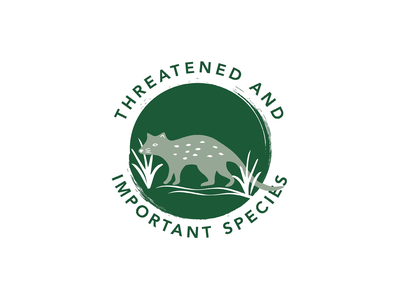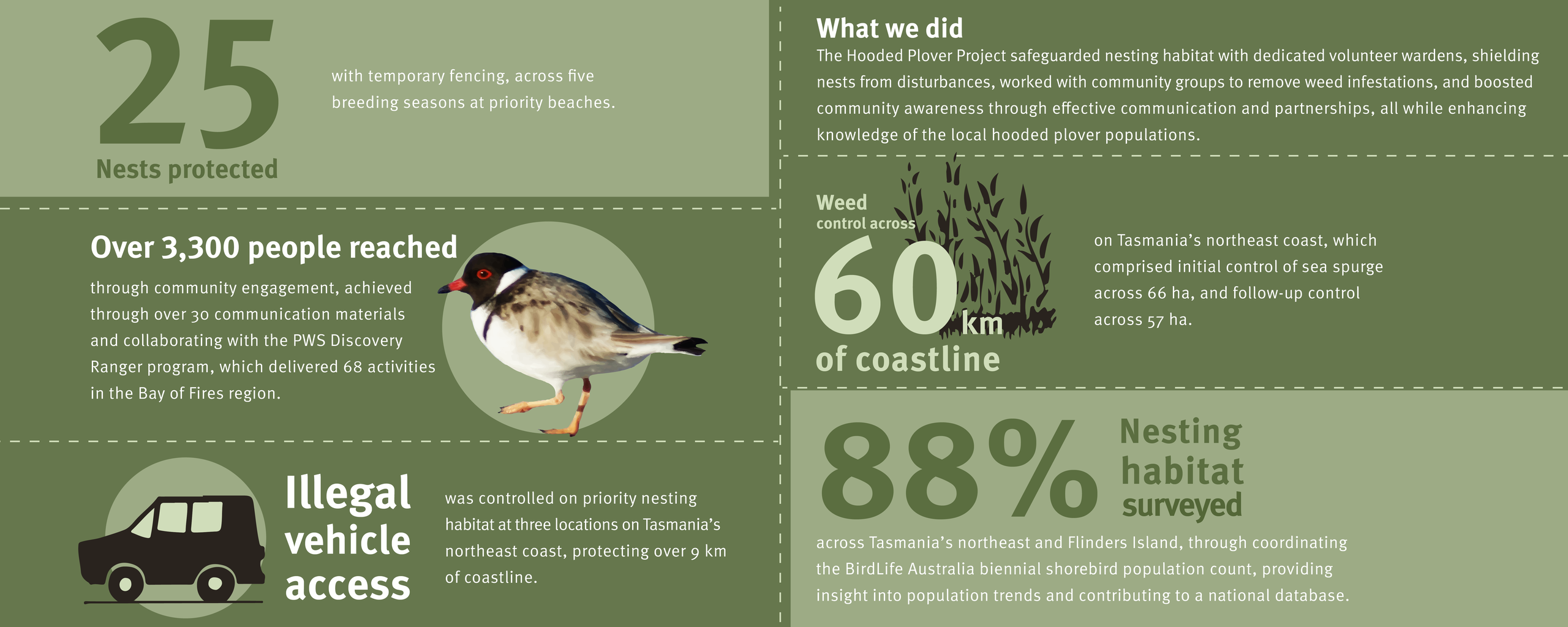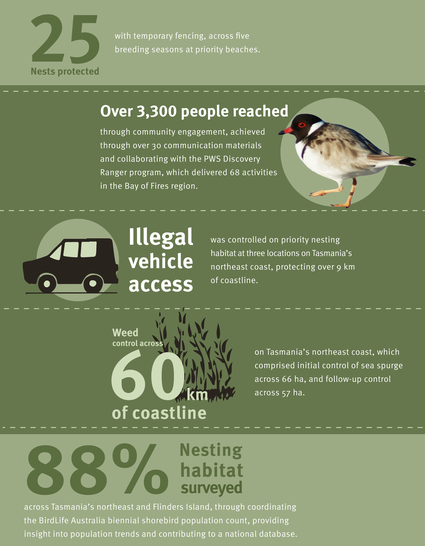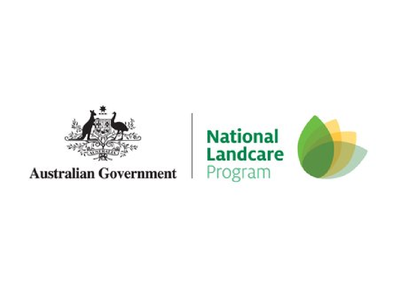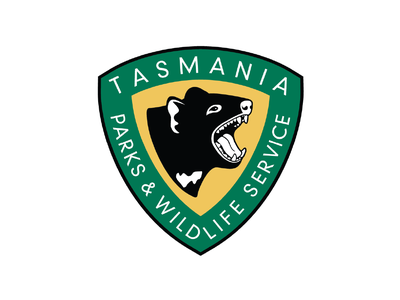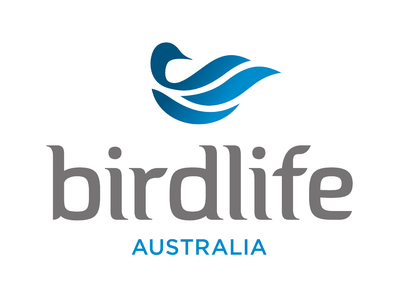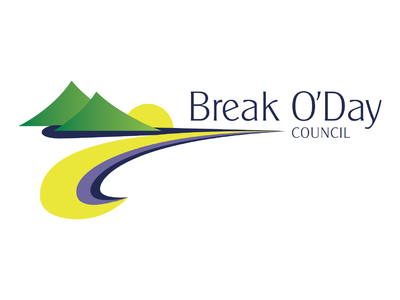Hooded Plover Project
The Hooded Plover Project aimed to increase the breeding success of hooded plover populations in northern Tasmania and prevent further decline of populations at sites where management actions have been implemented.
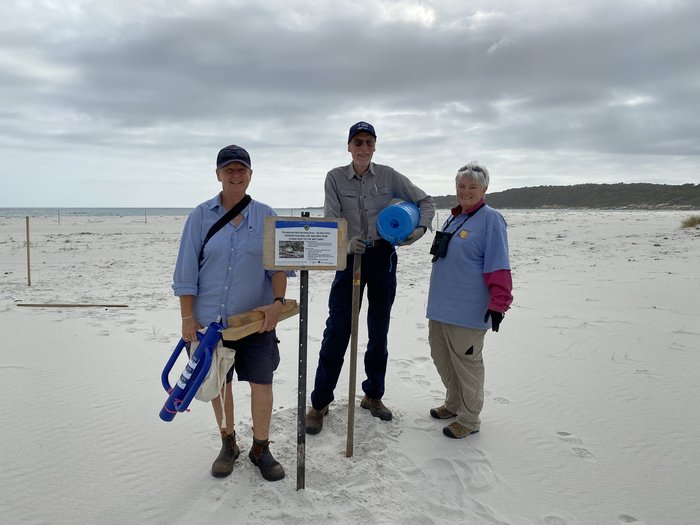
Volunteers installing protective fencing around a hooded plover nest site at Blanche Beach. Bird Life Australia research has shown that protective fencing improves nesting success of hooded plover.
Background
Background
Tasmania is believed to be home to approximately half of the remaining population of hooded plover (eastern), with approximately 20 per cent of known individuals occurring in north-eastern Tasmania, and up to half of these occurring in the Furneaux Islands. There has been a continuous decline in the habitat of the small, beach-nesting bird. Remaining wild populations are estimated at around 3,000 individuals.
Key feeding and nesting habitat consist mainly of beaches backed by dunes, but hooded plover also feed in saltmarshes, estuaries, coastal lagoons, and mudflats. Nesting occurs predominantly on flat sandy beaches above the high tide mark, or sparsely vegetated dunes. Marine debris, invasive weeds, rising sea levels, and extreme weather threaten this nesting habitat, but the larger threat to the nests is disturbance or destruction by people, dogs, stock, and vehicles on the beach. Research conducted by Birdlife Australia has shown that installing protective fencing around nest sites is effective in mitigating the risk of human disturbance, therefore improving nesting success, resulting in more chicks successfully fledging.
The Hooded Plover Project aimed to establish baseline data on hooded plover breeding population size and distribution, with a focus on Flinders Island and the east coast of Tasmania, to support the planning of future on-ground actions. Safeguarding nesting sites by installing protective fencing, engaging with the community to increase awareness, and managing coastal weeds in known breeding areas has improved nesting habitat and breeding attempts. The project concluded in June 2023.
"Hooded plover can be very hard to spot – especially chicks and fledglings! Keeping off the dry sand to avoid disturbing these vulnerable birds is crucial throughout the breeding season (September – April).
"Hooded plover can be very hard to spot – especially chicks and fledglings! Keeping off the dry sand to avoid disturbing these vulnerable birds is crucial throughout the breeding season (September – April).
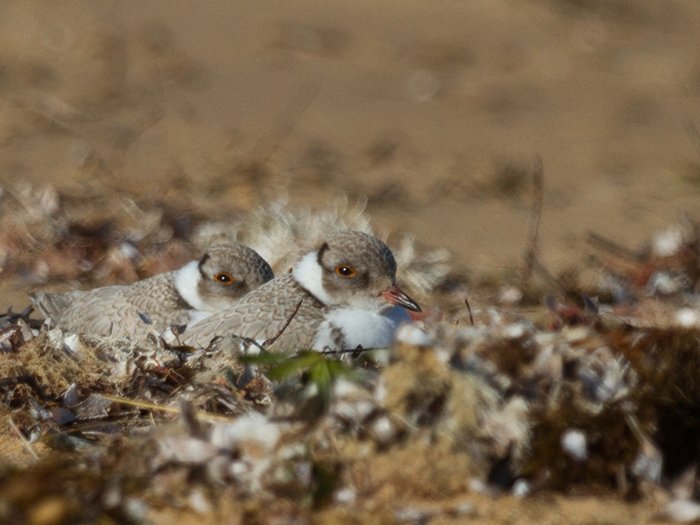
Camouflaged juvenile hooded plovers. Image: Kim Wormald lirralirra.com
Achievements
- - - - - - - - - - - - - - - - - - -
Furneaux Landcare Group - Case Study 1
Furneaux Landcare Group - Case Study 1
The north-east coast of Tasmania is one of the last strongholds for eastern hooded plovers. Shorebird conservation supporters Katriona Hopkins and Mark Alexander from the Furneaux Landcare group have been involved with NRM North’s Hooded Plover Project since its inception in 2018. Their local knowledge has been invaluable in the coordination of three biennial population counts of hooded plovers and other shorebird species, as well as documenting and mapping threats such as weeds and vehicle access on beaches.
“Everyone involved in shorebird surveying has learnt a lot about hoodies, redcaps, visiting migrant shorebirds, beach bird habitat, and their behaviour. It’s been great to compare the population of shorebirds on Flinders Island to numbers on the mainland and Tasmania,” said Katriona.
She said population counts are a great way to collect valuable data regarding shorebird population and distribution on Flinders Island. Volunteers are also able to communicate species’ information via classroom activities (mainly on truwana / Cape Barren Island) and with Junior Landcarers involved in activities at Flinders Island District High School.
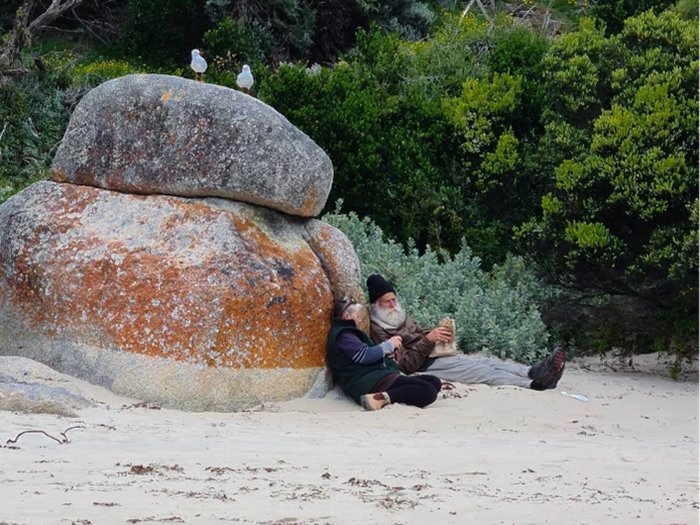
Katriona Hopkins and Mark Alexander checking data fort the biennial hooded plover population count.
“We were delighted to discover well-distributed, healthy shorebirds on our island beaches; however, wild weather was the most significant threat observed.”
“We were delighted to discover well-distributed, healthy shorebirds on our island beaches; however, wild weather was the most significant threat observed.”
Katriona Hopkins
Katriona Hopkins
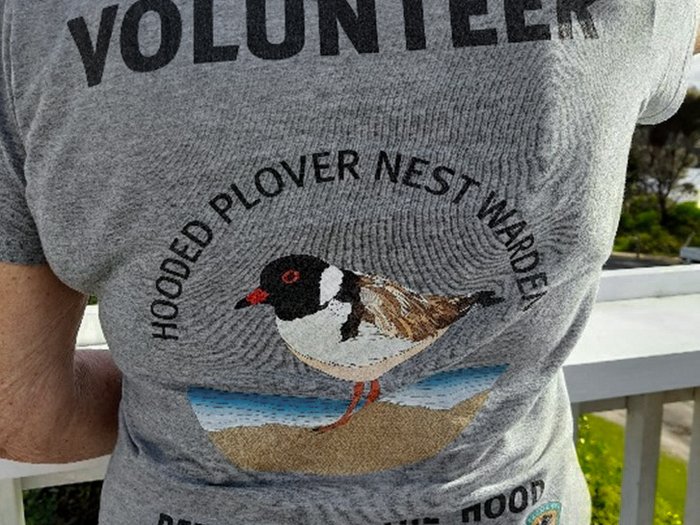
Nest warden volunteer, Nat Walter, wearing her official volunteer t-shirt at the 2021/22 end-of-season de-brief.
Volunteer Nest Warden - Case Study 2
Volunteer Nest Warden - Case Study 2
NRM North has worked with the local community to establish a network of volunteer nest wardens to support the conservation of the hooded plover. The wardens provide crucial breeding season monitoring data, beach signage, and temporary nest fencing to help reduce human disturbance at priority nesting sites on Tasmania’s east coast.
Nat Walter has been a volunteer warden with the program for four years, and is one of five wardens based near St Helens, in Tasmania’s north-east.
“I’ve learnt how important it is to keep dogs off beaches and keep the beaches clean from fishing line and plastic. Information and education on these topics are so important for the community,” said Nat.
The work is not without its challenges, with wet weather including storms and floods impacting observation days. The shorebirds can also be difficult to spot, particularly chicks and fledglings, which only reinforces key messages to the community, who may not be aware that these tiny, well-camouflaged birds are trying to raise families on our beaches.
“It is well worth doing - it increases awareness and creates a feeling of pride when there is success.”
“It is well worth doing - it increases awareness and creates a feeling of pride when there is success.”
Nat Walter
Nat Walter
Get involved
There are still plenty of ways that you can help to protect and enhance hooded plover populations in north-east Tasmania:
- The volunteer nest warden program is continuing through the Tasmania Parks and Wildlife Service. If you’re based on the north-east coast, you can join them and help to monitor and protect hooded plover nests
- Landcare groups in north-east Tasmania and Flinders Island are always on the lookout for volunteers to take part in community weed management weekends and working bees. Email us admin@nrmnorth.org.au for information on volunteering or join your local Landcare group
- Walk, run, and relax on the harder sand below the high-tide mark – stay off the dry sand where hooded plovers are more likely to be nesting
- Keep dogs on a leash to prevent them from disturbing or crushing nests underfoot in the dry sand
- Keep vehicles off the beach – it’s almost impossible to spot a hooded plover egg while walking on the beach, and even harder from a vehicle! The safest option is to keep vehicles off the beach during the crucial breeding season.
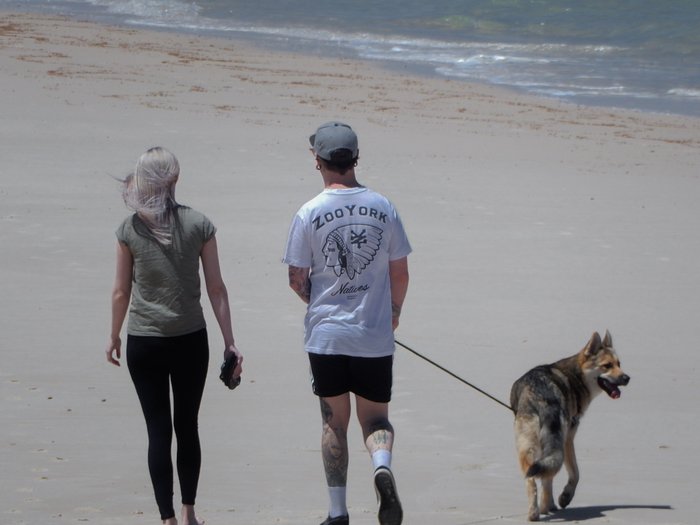
Partners
This project was supported by NRM North, through funding from the Australian Government's National Landcare Program. It was delivered in partnership with Tasmania Parks & Wildlife Service and Birdlife Australia.
Partners
This project was supported by NRM North, through funding from the Australian Government's National Landcare Program. It was delivered in partnership with Tasmania Parks & Wildlife Service and Birdlife Australia.
